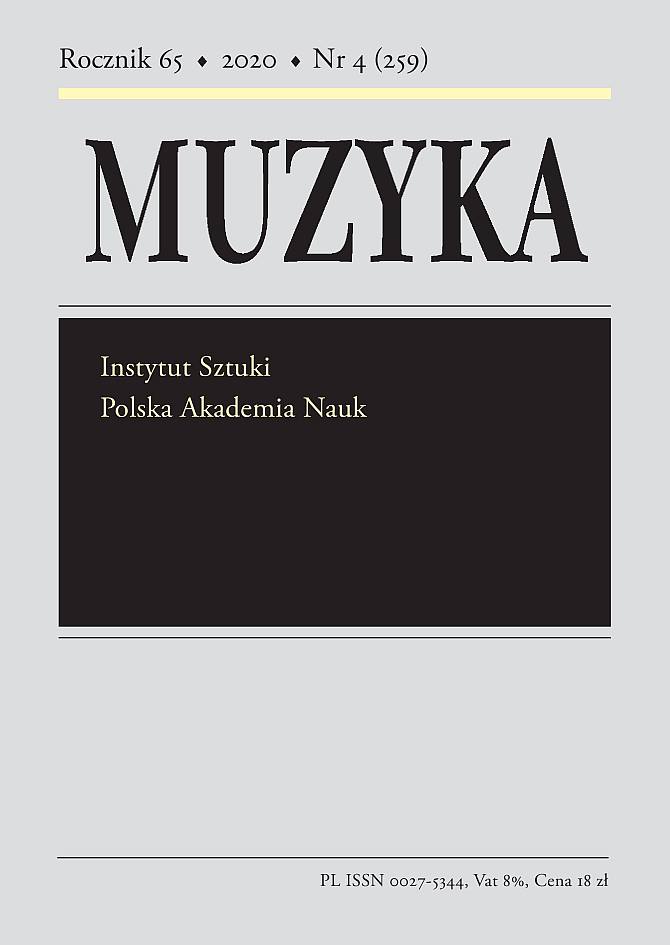Early Music Recordings as Mythography: Monteverdi and the ‘Other’ Vespers
Early Music Recordings as Mythography: Monteverdi and the ‘Other’ Vespers
Author(s): Bartłomiej GembickiSubject(s): Music
Published by: Instytut Sztuki Polskiej Akademii Nauk
Keywords: early music recordings; Claudio Monteverdi; Venice; St. Mark's church; John Eliot Gardiner; HI{; myths; Italian music; Vespers
Summary/Abstract: In 1989, at St Mark’s Basilica in Venice, John Eliot Gardiner conducted and recorded Claudio Monteverdi’s Marian Vespers, published in 1610. Despite the print’s dedication to Pope Paul V, the three-year gap between the print being issued and Monteverdi taking up the post of maestro di cappella at St Mark’s and the considerable stylistic diversity of the pieces contained in that print, Gardiner considers Monteverdi’s Vespers as one coherent whole, for which the Venetian basilica was the target venue. Gardiner’s project has undoubtedly played a major role in how present-day audiences conceive of the 1610 Vespers. It has thus made a permanent mark on contemporary musical culture, as evidenced by the numerous reissues of the 1989 album and, most of all, productions by other musicians that associate the 1610 Vespers with St Mark’s.This article discusses the concept of ‘Monteverdi’s Vespers’ as represented in contemporary record releases of the composer’s works. This concept refers both to Monteverdi’s Vespro della Beata Vergine, published in 1610, and to various modern compilations of his works which musicians, musicologists and producers refer to as ‘Vespers’. The great wealth of Vespers-related pieces held in libraries and archives still considerably outweighs the number of performances and recordings of those works. Monteverdi’s Vespers, on the other hand, make up the majority of existing recordings of seventeenth-century polyphonic Vespers and thus constitute a key point of reference. I analyse around 500 albums (not only with Vespers music) released between 1952 and 2019, focussing on their iconographic and typographic content, as well as their graphic designs, in an attempt to show how the modern vision of this repertoire came to be formed and what persons and places are associated with this current in the history of early music recording.
Journal: Muzyka
- Issue Year: 65/2020
- Issue No: 4
- Page Range: 84-104
- Page Count: 21
- Language: English

